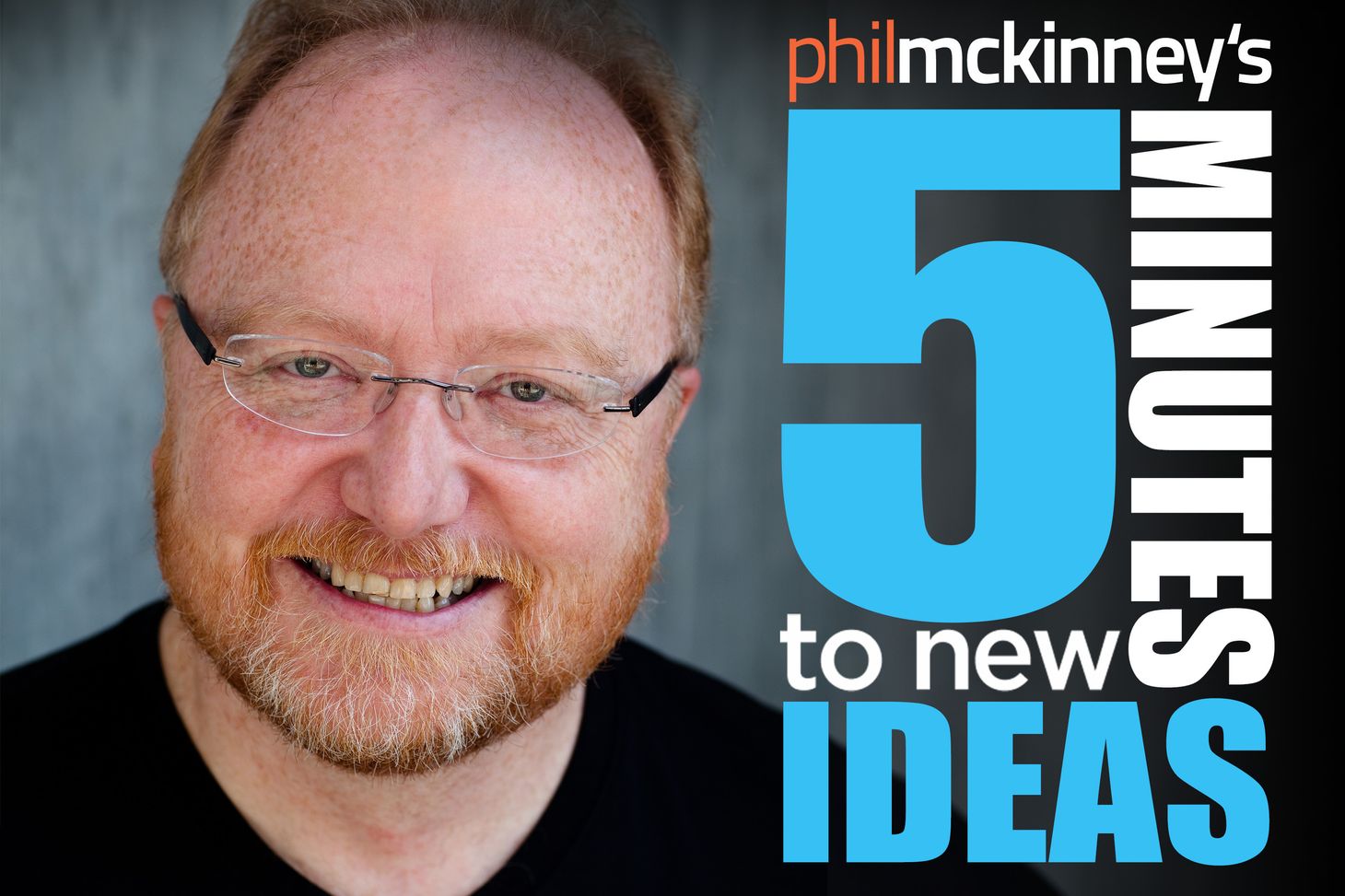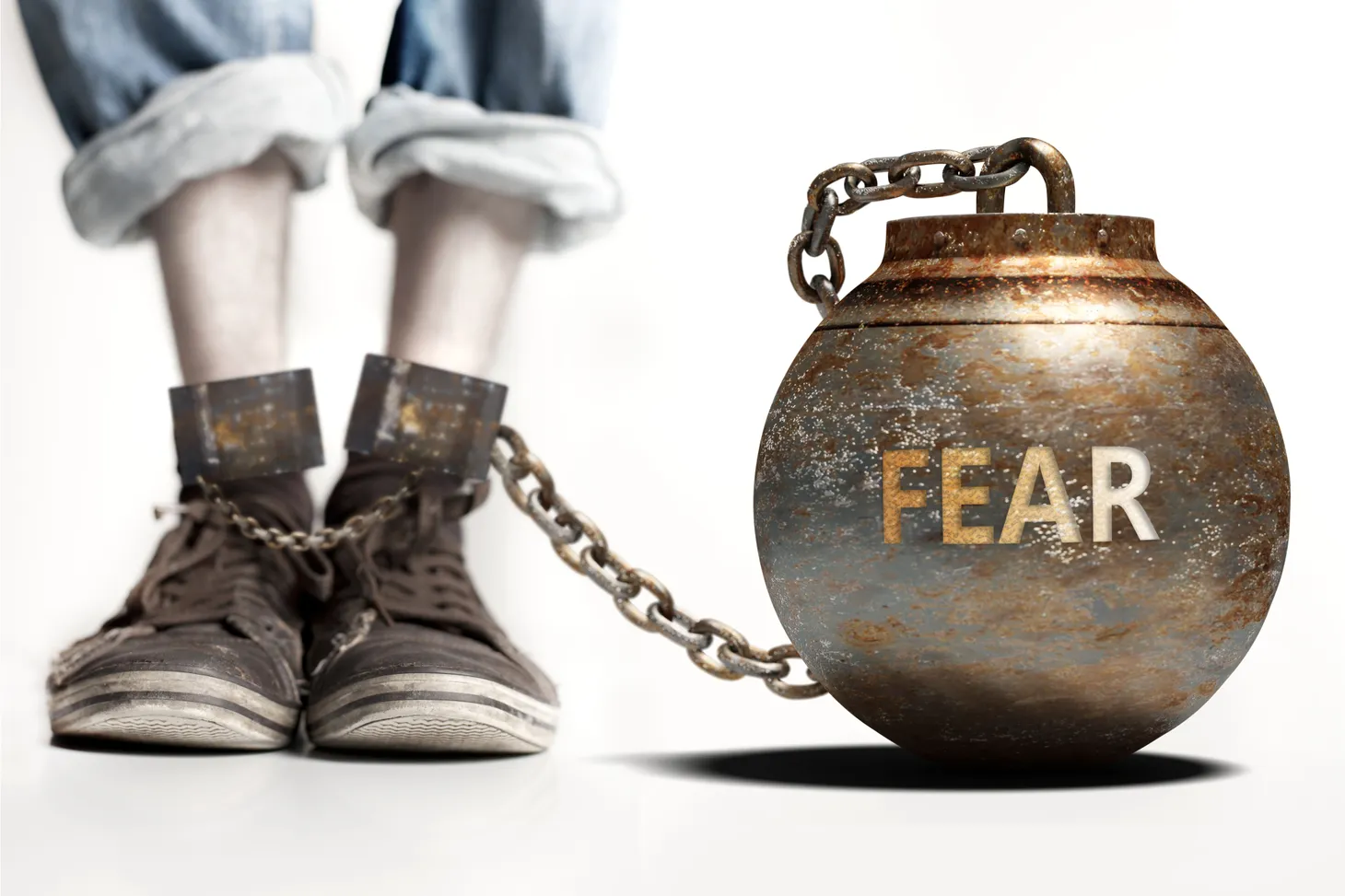Innovation Communities

I’m not sure who said it first but I’ll give credit to Tony Robbins for the now famous quote -- “You are the average of the five people you spend the most time with”
With a slight tweak, you can apply this quote to networks, communities, tribes, and friends you socialize with. If you changed that quote to be …
“You are the average of the five social networks where you spend the most time”
What would that say about you? Remember that it’s the average. Based on the networks and their communities you chose to be a part of - you become that community. You sound like it. You think like it. What’s worse is that some of these social networks experiment with behavioral manipulation to further influence your “average”.
Outside of the online world, we self select our membership into networks such as a church, the company we work for, charities we volunteer at and the friends we spend time with.
These all say something about ourselves when we look at them as a quilt of the people that have the biggest influences on us.
Who are the five you spend the most time with?
What does that say about you?
My Priorities
Over the years, I’ve added and trimmed who are my friends and the networks I’m engaged in. Some consciously and some by neglect because of changing priorities. Over the last few months, I took particular stock of networks and groups I’m in and many cases, setup. For example, the Killer Innovations Group over on LinkedIn and Facebook.
To be honest, I had become part of the problem and it challenged me to become part of the solution.
I asked myself -- was I the person someone wanted to include in their network? Someone who could help raise their “average” rather than dragging it down?
Communities take many different forms. Facebook can be viewed as broad and horizontal. It includes friends, families, co-workers, and acquaintances covering a wide range of topics, interests, and opinions. You join because you know each other.
A more narrow community would be LinkedIn. You join to connect with co-workers, peers, and influencers in your area of interests. The objective is to build your network on LinkedIn with those who could help advance your career.
Groups on these platforms are created to bring together people into more vertical areas such as fans of a specific TV show or maybe a podcast on a particular topic.
However, the selection criteria are platform first then topic. This means you are joining a fractured community. If this is a community that you are prioritizing to be one of the magic five that you want to be influenced by and thereby raise your average - you are getting shortchanged.
Next Generation Communities
The role of communities has changed. They used to be built around a person, a movie, or maybe a book. The communication style was one-to-many and the return was many-to-one. Not what I would call a community. More like an online fan club.
The next generation community is not about a person, a place, a show or a book. It’s about the community and its members. These communities are built on sharing and communicating many-to-many. The result is a healthy community that becomes more self-sufficient while its engagement grows.
If you want to influence and be influenced by a community, you want one that is:
- Not fractured across platforms
- Communication and sharing that is many-to-many
- Vertical in an area of high importance to you
Communities can take many forms from large communities to ones that are ultra-small such as a Mastermind. A mastermind group uses a peer-to-peer mentoring concept to help a small group of around a dozen members share and learn from members experiences. Some masterminds are broader such as all members are CEO’s of small companies while others are more vertical covering such topics as innovation, creativity, and leadership.
Innovation Teamwork
As I’ve discussed many times in the past, innovation is a team sport and it requires a community to come together to take a raw idea and turn it into a crazy successful innovation. You can’t do it alone.
Teams around innovation can take many forms. It could be a team you are assigned to by the organization you work for. You can invite others to join you in becoming an ad-hoc team around an idea. Or your team could be a combination of these approaches.
Whichever approach used, getting people with as varied a background, expertise, thinking styles and diversity as possible is the key to innovation success. I cannot underestimate how important this is.
Community of Innovators
So, if you are not part of a community, you should be. What are you waiting for? An invitation?
Well here is your invitation. The one community I hang out in every day is TheInnovators.Community. Yes -- it is one of the 5 that I would hope will influence me. It’s free. It’s not built around one person. The community members include some of the top innovation practitioners in the world.
Back to an earlier question I posed, who are the five communities and individuals you spend the most time with?
What does that say about you?
I’m Phil McKinney - and thanks for listening.
Phil McKinney Newsletter
Join the newsletter to receive the latest updates in your inbox.




